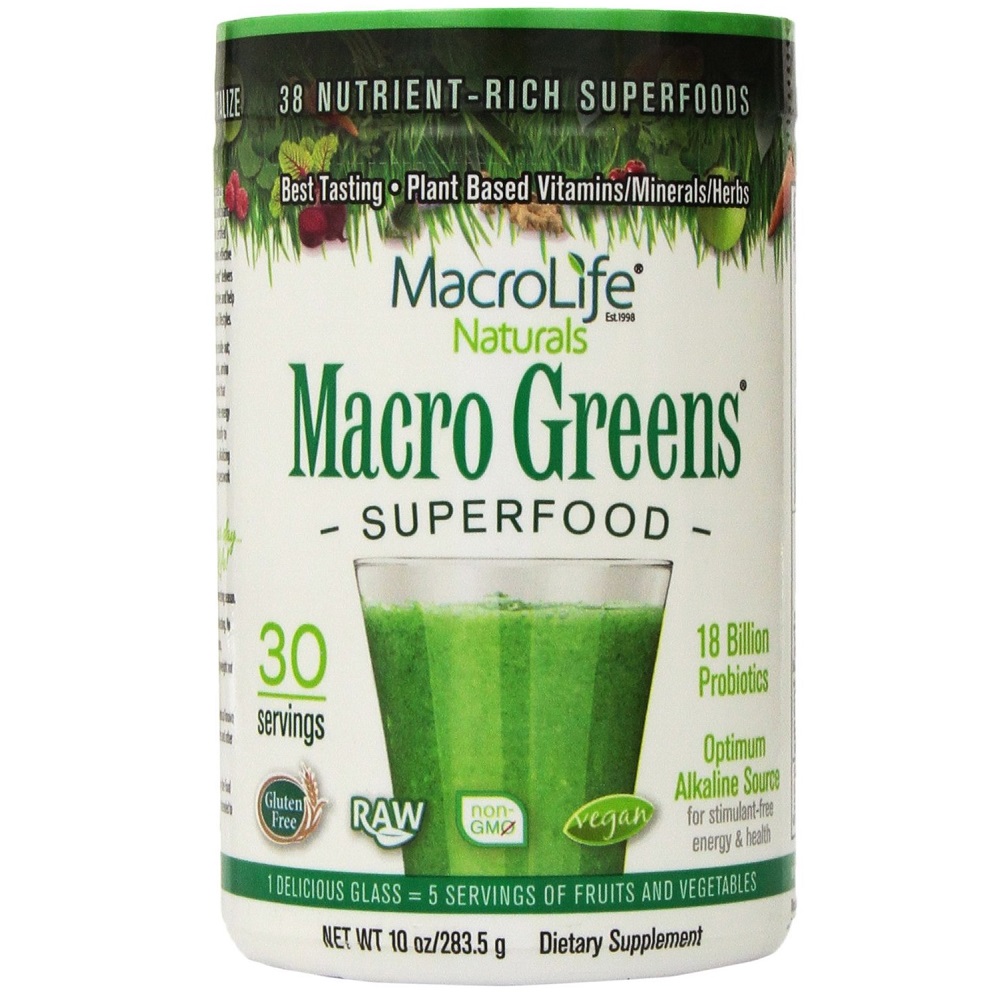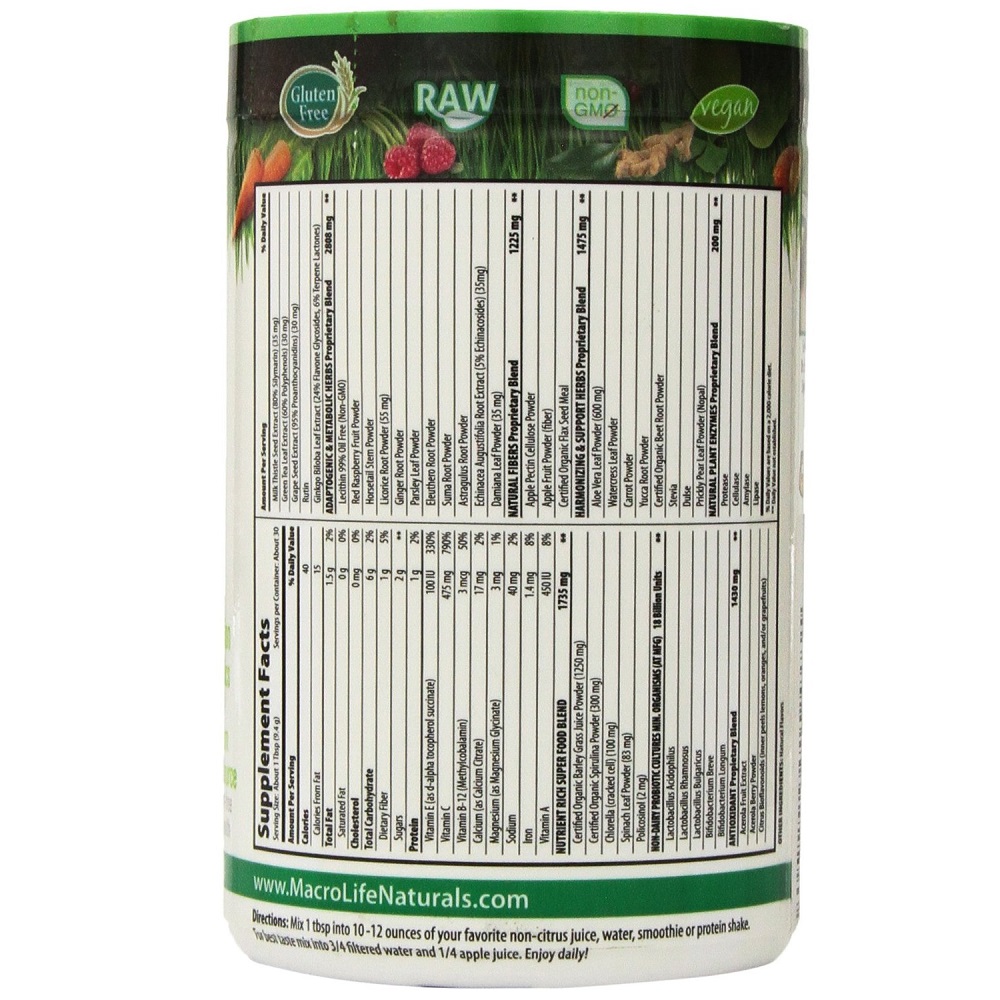| Calories | A calorie is a unit of energy. In nutrition and everyday language, calories refer to energy consumption through eating and drinking and energy usage through physical activity. |
|---|
| Fat | Fat is an essential part of our diet and nutrition, we cannot live without it. |
|---|
| Saturated Fat | Eating foods that contain saturated fats raises the level of cholesterol in your blood. |
|---|
| Cholesterol | Cholesterol is a waxy substance that comes from two sources: your body and food. |
|---|
| Total Carbohydrate | Carbohydrates are one of the main types of nutrients. They are the most important source of energy for your body. |
|---|
| Dietary Fiber | Helping to maintain a healthy weight and lowering your risk of diabetes and heart disease |
|---|
| Sugars | People have eaten sugar cane and used it as a sweetener for centuries. |
|---|
| Protein | They are essential in the diet of animals for the growth and repair of tissue. |
|---|
| Vitamin E | Vitamin E is an important vitamin required for the proper function of many organs in the body. It is also an antioxidant. This means it helps to slow down processes that damage cells. |
|---|
| Vitamin C | Vitamin C is an antioxidant found in fruits and vegetables. It is important for your skin, bones, and connective tissue. It promotes healing and helps the body absorb iron. |
|---|
| Vitamin B12 | Vitamin B12 is applied to the skin either alone or in combination with avocado oil for psoriasis and eczema. |
|---|
| Calcium | Calcium citrate is the calcium salt of citric acid. |
|---|
| Magnesium | Magnesium is required for the proper growth and maintenance of bones. Magnesium is also required for the proper function of nerves, muscles, and many other parts of the body. |
|---|
| Sodium | Sodium is an element that the body needs to work properly. Salt contains sodium. |
|---|
| Iron | Iron is a mineral that is naturally present in many foods, added to some food products, and available as a dietary supplement. |
|---|
| Vitamin A | Vitamin A, also called retinol, helps your eyes adjust to light changes when you come in from outside and also helps keep your eyes, skin and mucous membranes moist. |
|---|
| Barley Grass Juice Powder | Barley is an annual grass. Barley grass is the leaf of the barley plant, as opposed to the grain. It is capable of growing in a wide range of climatic conditions. |
|---|
| Spirulina Powder | Blue-green algae describes a large and diverse group of simple, plant-like organisms found in salt water and some large fresh water lakes. |
|---|
| Chlorella | Chlorella is a type of algae that grows in fresh water. The whole plant is used to make nutritional supplements and medicine. |
|---|
| Spinach Leaf | Spinach (Spinacia oleracea) is one of wonderful green-leafy vegetable often recognized as one of the functional foods for its wholesome nutritional, antioxidants and anti-cancer composition. |
|---|
| Policosanol | Policosanol is a chemical obtained from sugar cane and other sources.. |
|---|
| Lactobacillus Acidophilus | Lactobacillus acidophilus is a bacteria that exists naturally in the body, primarily in the intestines and the vagina. |
|---|
| Lactobacillus Rhamnosus | Lactobacillus is a type of bacteria. There are lots of different species of lactobacillus. |
|---|
| Lactobacillus Bulgaricus | Lactobacillus bulgaricus is a helpful natural bacterium, and a member of the family microflora, that can fight harmful bacteria that may invade your digestive system. |
|---|
| Bifidobacterium Breve | Bifidobacteria are a group of bacteria that normally live in the intestines. They can be grown outside the body and then taken by mouth as medicine. |
|---|
| Bifidobacterium Longum | Bifidobacterium longum are a group of bacteria that normally live in the intestines. They can be grown outside the body and then taken by mouth as medicine. |
|---|
| Acerola Fruit | Acerola is a fruit. It is rich in vitamin C, and also contains vitamin A, thiamine, riboflavin, and niacin. People use it for medicine. |
|---|
| Acerola Berry Powder | Acerola is a fruit. It is rich in vitamin C, and also contains vitamin A, thiamine, riboflavin, and niacin. People use it for medicine. |
|---|
| Citrus Bioflavonoids | Bioflavonoid supplements are available as individual flavonoids, such as quercetin (derived from onions), and as multiple bioflavonoid complexes (derived from citrus fruits), which are often combined with vitamin C. |
|---|
| Milk Thistle Seed | Milk thistle is used most often for liver disorders, including liver damage caused by chemicals, Amanita phalloides mushroom poisoning, jaundice, chronic inflammatory liver disease, cirrhosis of the liver, and chronic hepatitis. |
|---|
| Green Tea Leaf | Green tea is a product made from the Camellia sinensis plant. It can be prepared as a beverage, which can have some health effects. |
|---|
| Grape Seed | Grape seed extract may help with a type of poor circulation (chronic venous insufficiency) and high cholesterol. Grape seed extract also reduces swelling caused by injury and helps with eye disease related to diabetes. |
|---|
| Rutin | Rutin is a plant pigment (flavonoid) that is found in certain fruits and vegetables. Rutin is used to make medicine. |
|---|
| Ginkgo Biloba Leaf | Memory loss due to brain conditions such as stroke, Alzheimer disease, and dementia. It works by increasing blood flow to the brain. |
|---|
| Lecithin | Lecithin is a fat that is essential in the cells of the body. It can be found in many foods, including soybeans and egg yolks. Lecithin is taken as a medicine and is also used in the manufacturing of medicines. |
|---|
| Red Raspberry | The chemicals in red raspberry might have antioxidant effects and help relax blood vessels. |
|---|
| Horsetail Stem | Horsetail is a plant. The above ground parts are used to make medicine. |
|---|
| Licorice Root | The chemicals contained in licorice are thought to decrease swelling, thin mucus secretions, decrease cough, and increase the chemicals in our body that heal ulcers. |
|---|
| Ginger Root | Some people find ginger helps them with the symptoms of upper respiratory tract infection, bronchitis, cough, menstrual cramps, arthritis and muscle pain. |
|---|
| Parsley Leaf | Parsley is an herb. The leaf, seed, and root are used to make medicine. Be careful not to confuse parsley with fool’s parsley and parsley piert. |
|---|
| Eleuthero | Eleutherococcus, also known as eleuthero or Siberian ginseng, grows in mountain forests and is native to eastern Asia including China, Japan, and Russia. |
|---|
| Suma Root | Suma is a plant. It is sometimes called Brazilian ginseng, although it is not related to ginseng. The root is used to make medicine and help the body adapt to stress by improving the immune system. |
|---|
| Astragalus Root | Astragalus root has been used for centuries in traditional Chinese medicine. It is a powerful adaptogenic herb and is said to support immune function. |
|---|
| Echinacea Augustifolia | Echinacea is an herbal remedy people often use to treat the common cold. Many people believe that the plant can boost the immune system and reduce the severity or length of colds. |
|---|
| Damiana Leaf | Damiana is a wild shrub that grows in Mexico, Central America, and the West Indies. The leaf and stem are used to make medicine. |
|---|
| Apple Pectin Cellulose | Pectin is a fiber found in fruits. It is used to make medicine. Apples contain a particularly high amount of pectin, according to dietaryfiberfood.com, and the highly concentrated apple pectin delivers many health benefits. |
|---|
| Apple Fruit Powder | Apples are one of the healthiest foods a person can eat. They are high in fiber and vitamin C, and they are also low in calories, have only a trace of sodium, and no fat or cholesterol. |
|---|
| Flax Seed Meal | Some people use flaxseed to lower their risk of getting weak bones (osteoporosis) and to protect against breast cancer, lung cancer, colon cancer, and prostate cancer. |
|---|
| Aloe Vera Leaf | Aloe Barbadensis leaf juice can soothe skin and serve as an anti-inflammatory. It can be efficiently used topically, because of its burn healing effects, scar reducing and wounds healing properties. |
|---|
| Watercress Leaf | Watercress can help with respiratory illnesses as it is an expectorant, antibronchitic, antiviral, antipyretic and a general tonic. |
|---|
| Carrot | Most people are familiar with the carrot as the orange taproot eaten raw or cooked as a vegetable. Carrot powder, however, consists of the root, leaf and seed. |
|---|
| Yucca Root Powder | Yucca is used for osteoarthritis, high blood pressure, migraine headaches, inflammation of the intestine (colitis), high cholesterol, stomach disorders, diabetes, poor circulation, and liver and gallbladder disorders. |
|---|
| Organic Beet Root | Despite traditional use of beetroot for antitumor, carminative, emmenagogue, and hemostatic properties, clinical trials are lacking to substantiate these claims. |
|---|
| Stevia | Stevia plants grow and are harvested in many countries around the world, predominantly in China and Brazil. |
|---|
| Dulse | Palmaria palmata, also called dulse, dillisk or dilsk (from Irish/Scottish Gaelic duileasc/duileasg), red dulse, sea lettuce flakes, or creathnach, is a red alga (Rhodophyta) previously referred to as Rhodymenia palmata. It grows on the northern coasts of the Atlantic and Pacific Oceans |
|---|
| Prickly Pear Leaf | Prickly pear cactus is used for type 2 diabetes, high cholesterol, obesity, alcohol hangover, colitis, diarrhea, and benign prostatic hypertrophy (BPH). It is also used to fight viral infections. |
|---|
| Protease | Any of a group of enzymes that catalyze the hydrolytic degradation of proteins or polypeptides to smaller amino acid polymers. |
|---|
| Cellulase | Cellulases contribute to the enzymatic splitting of cellulose. |
|---|
| Amylase | Any of a widely distributed class of enzymes that catalyze the hydrolysis of starch, glycogen, and related polysaccharides to oligosaccharides, maltose, or glucose. |
|---|
| Lipase | Lipase is a digestive enzyme that is found in many plants, animals, bacteria, and molds. An enzyme is a protein that speeds up a particular biochemical reaction in the body. |
|---|





Reviews
There are no reviews yet.